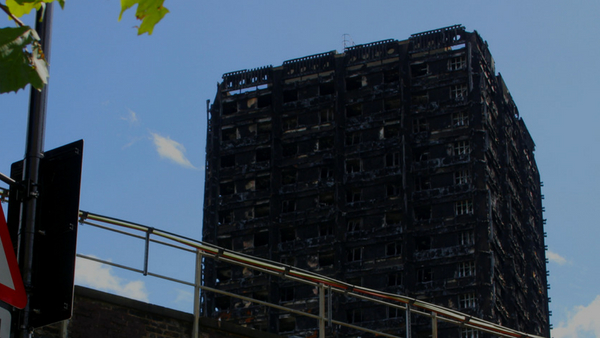The Grenfell Tower Fire was one of the worst disasters of modern times, leaving 71 people dead and hundreds homeless. As part of the Government’s response to the Fire, the then Home Secretary commissioned Dame Judith Hackitt to undertake an independent review of Building Regulations and in particular their impact on Fire Safety. A year on from the tragedy, Dame Judith has published her final report.
It is fair to say that reaction to the report has been mixed to say the least. In the opinions of some, it is a brave and laudable attempt to change the culture of the construction industry. Others contend however that the report is a wasted opportunity and that Dame Judith’s recommendations do not go far enough.
A notable omission from the report is the failure to address combustible cladding (a major factor in the disaster). The Government nevertheless, no doubt mindful of a backlash, announced a consultation on the issue almost immediately after the report was published.
Despite this omission, the report highlights a number of interesting points.
Findings
The main finding from the report is that “the current system of building regulations and fire safety is not fit for purpose and that a culture change is required to support the delivery of buildings that are safe, both now and in the future.”
Specifically:
- the roles and responsibilities of those procuring, designing, constructing and maintaining buildings are unclear;
- the package of regulations and guidance can be ambiguous and inconsistent;
- the processes that drive compliance with building safety requirements are weak and complex with poor record keeping and change control in too many cases;
- competence across the system is patchy;
- the product testing, labelling and marketing regime is opaque and insufficient; and
- the voices of residents often goes unheard, even when safety issues are identified.
Recommendations
Dame Judith recommends a new regulatory framework to address these weaknesses. The overriding theme is a move towards an outcomes based approach to building safety where industry takes responsibility for its actions.
The key proposals are:
- a new Joint Competent Authority (JCA) comprising Local Authority Building Standards, fire and rescue authorities and the Health and Safety Executive to oversee better management of safety risks of high rise residential buildings;
- a set of rigorous and demanding roles and responsibilities for “duty holders” (i.e. building owners) to ensure a stronger focus on building safety;
- a series of robust gateway points that will require duty holders to show to the JCA that their plans are detailed and robust;
- a single, more streamlined, regulatory route to oversee building standards to ensure that enforcement can and does take place where necessary;
- clearer rights and obligations for residents to maintain the fire safety, working in partnership with the duty holder;
- moving towards a system where ownership of technical guidance rests with industry as the intelligent lead in delivering building safety;
- a package of regulations that is simpler to navigate but genuinely reflects the level of complexity of building work; and
- continuous improvement and best practice learning through membership of an international body.
A link to the full report can be found here.
The general consensus appears to be split over Dame Judith’s proposals. Many suggest that the recommendations are excellent in theory, but not achievable practically. Others suggest that implementation of the proposals is unlikely given that the government is currently bogged down with issues such as Brexit. Only time will tell.
